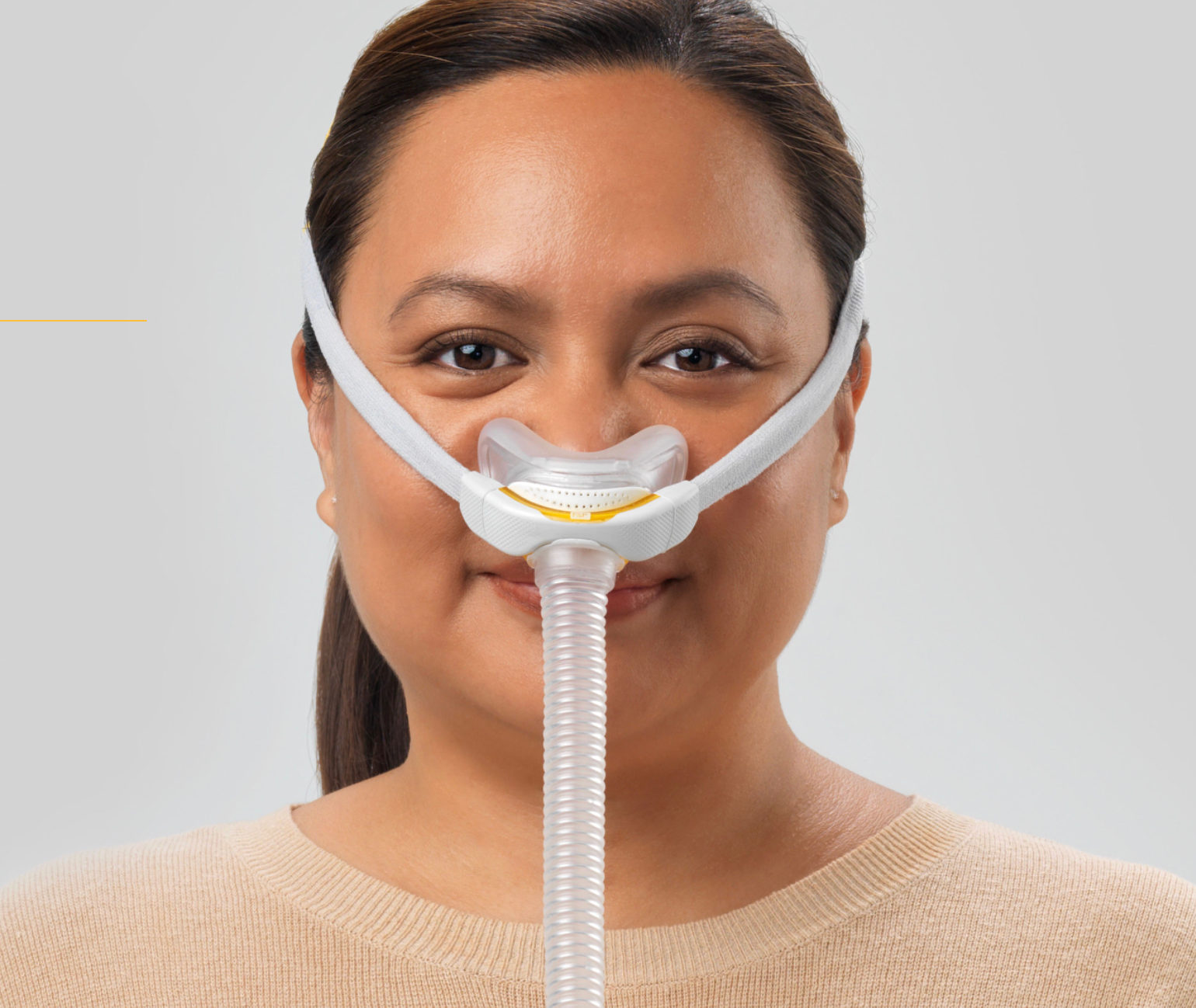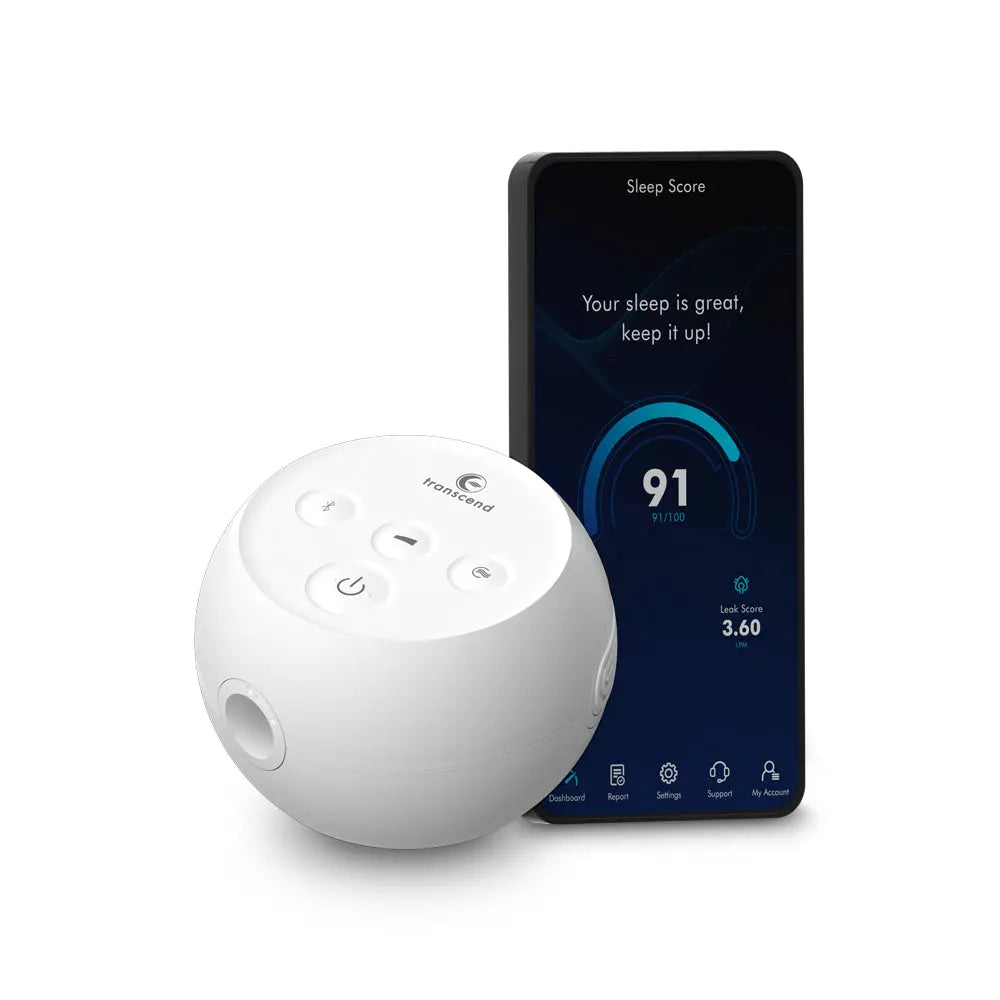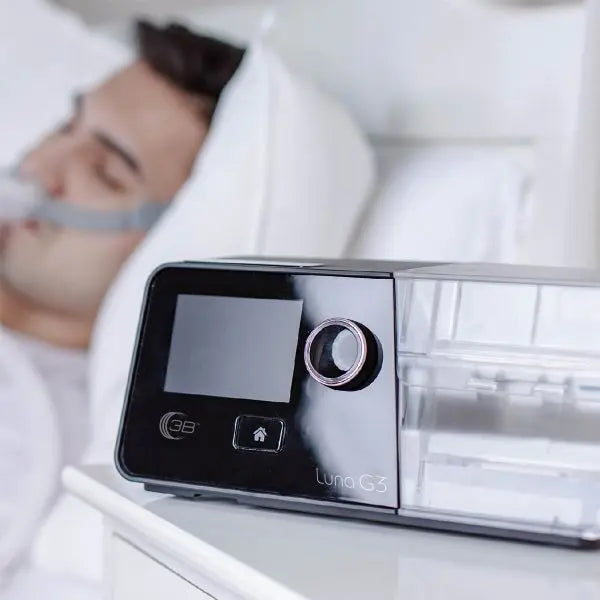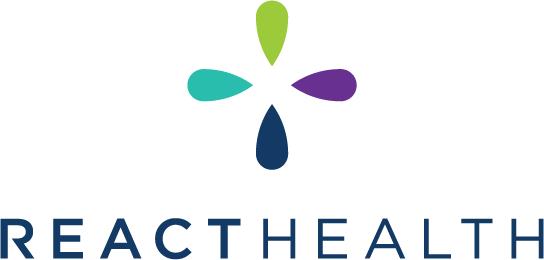Mouth Closure May Worsen Airflow in Severe Obstructive Sleep Apnea: Study Findings
Obstructive sleep apnea (OSA) is a common condition characterized by repeated episodes of blocked airflow during sleep. A new study conducted by researchers at Brigham & Women's Hospital has highlighted a significant concern for patients with severe OSA: mouth closure may actually worsen airflow in those who rely primarily on mouth breathing.
In the sleep apnea community, mouth taping is sometimes used to encourage nasal breathing, which can theoretically help reduce snoring and improve oxygen levels. However, the findings published in JAMA Otolaryngology suggest that this technique might not be suitable for all patients, particularly those with severe OSA.
Why Mouth Breathing Matters in OSA
For individuals with severe OSA, the act of breathing through the mouth can be a natural compensation for restricted airflow. When the mouth is closed, the added pressure to breathe solely through the nose may lead to worsened airflow obstruction. This results in increased respiratory effort, decreased oxygen levels, and fragmented sleep.
Patients with severe nasal congestion, anatomical issues, or a history of mouth breathing are particularly at risk of experiencing worsening symptoms if they attempt to keep their mouths closed while sleeping.
The Implications of Mouth Taping
Mouth taping has gained popularity, especially in communities focused on improving sleep quality or reducing snoring. The adhesive tape is placed across the lips to ensure the mouth stays shut during sleep, aiming to encourage nasal breathing. However, for individuals with severe OSA, the study's findings suggest that such practices could exacerbate their condition instead of improving it.
The researchers emphasize that personalized treatment is key. Not all patients will respond positively to interventions designed to enforce nasal breathing, and in some cases, these interventions could make the problem worse.
Monitoring and Further Research
The study calls for healthcare professionals to exercise caution when suggesting mouth closure techniques like mouth taping for OSA patients. Instead, an individualized approach, with close monitoring of each patient's sleep quality and respiratory function, is recommended.
Further research is needed to fully understand the long-term impacts of enforcing nasal breathing in individuals with OSA. Until then, healthcare providers should carefully evaluate whether techniques like mouth taping are appropriate based on the patient's unique physiology and OSA severity.
Takeaway for Patients
If you are an OSA patient considering mouth taping, it is crucial to consult your healthcare provider before making changes to your treatment regimen. A one-size-fits-all solution may not work, especially for severe cases of OSA. The risks of worsening airflow or increasing sleep disruptions must be carefully balanced against the potential benefits of encouraging nasal breathing.
References
-
Brigham & Women's Hospital. (2024). Mouth closure may worsen airflow in patients with severe obstructive sleep apnea. JAMA Otolaryngology.
-
Medical Dialogues. (2024). Mouth Closure May Worsen Airflow in Patients with Severe Obstructive Sleep Apnea.








Leave a comment
This site is protected by hCaptcha and the hCaptcha Privacy Policy and Terms of Service apply.